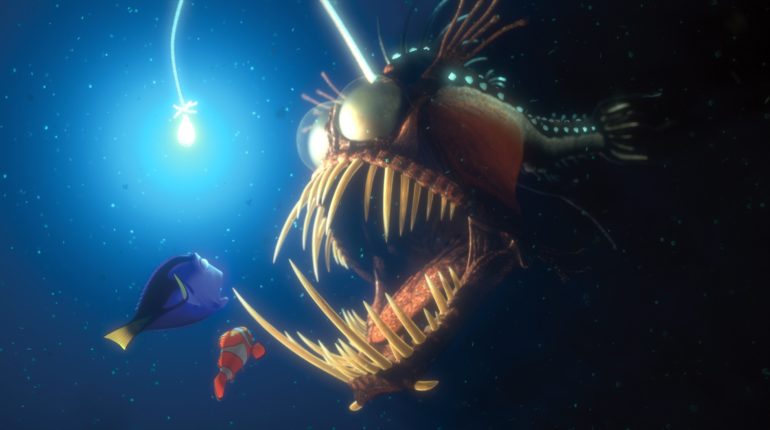Last week, a surfer spotted a strange black blob on rocks near the shorelines of San Diego. What he later discovered was fascinating, if not frightening.
You’ll probably recognise this creature from one of Pixar’s most aesthetically captivating animated films, Finding Nemo. Or maybe you’ve reeled one out of the digital ocean yourself while playing a few hours of Animal Crossing.
But it’s likely you’ve never spotted this fish in real life, or even heard much about it. That’s because this rare, deep ocean dwelling fish has only been spotted 31 times since it was discovered 100 years ago.
It’s a type of deep-sea anglerfish, of which there are 100 known species. More specifically, though, this is the Pacific football fish, which is known for its underbite, spiny teeth, tiny eyes, and a lightbulb like appendage on its head.
Despite having a reputation for being especially reclusive, the football fish has washed up on California’s shores three times this year.
Scientists at the local university say that this behaviour is highly unusual – and have yet to pin down a solid explanation for its sudden reappearance.























